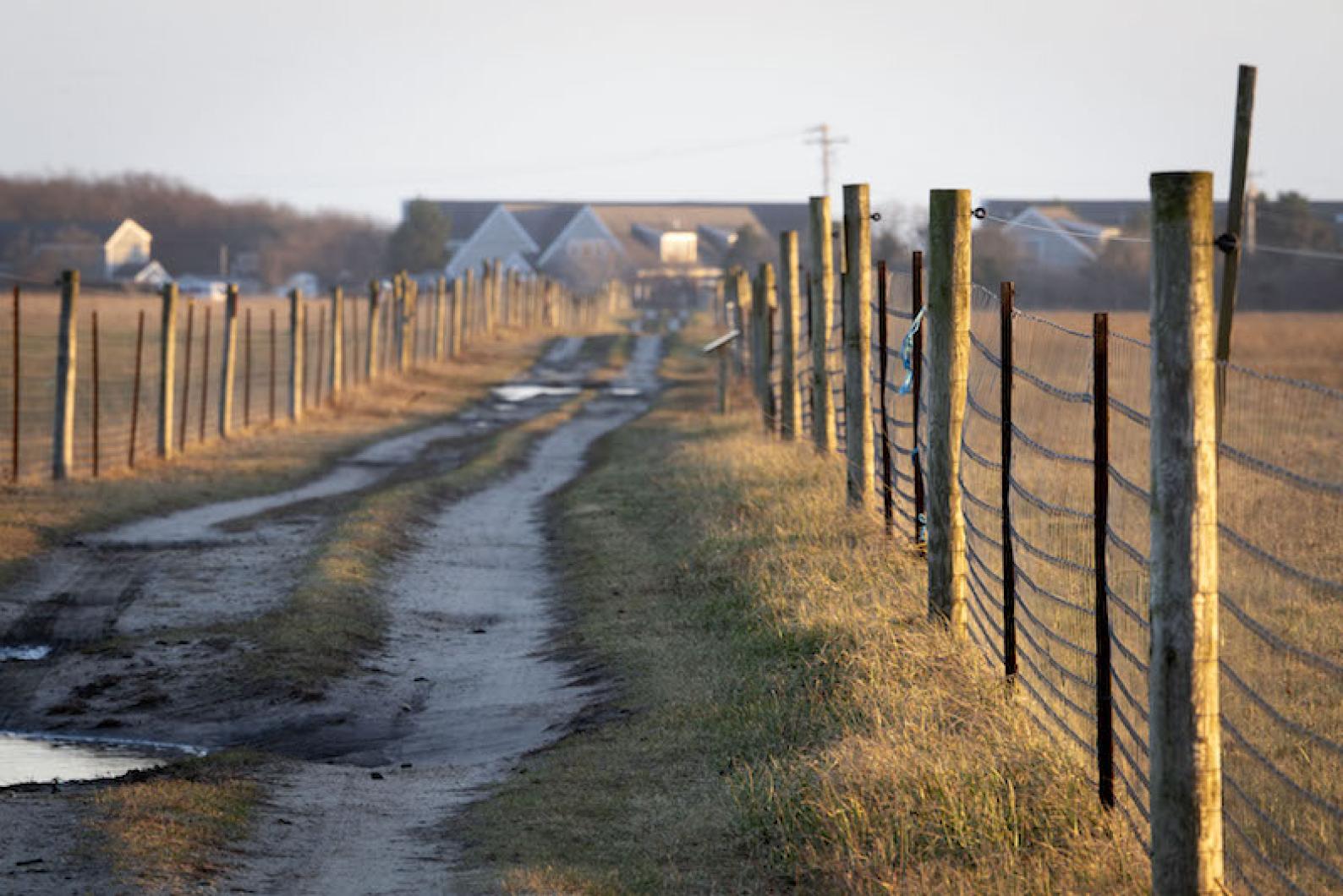The preservation of rare sandplain grasslands at Katama and in West Tisbury will get a boost thanks to some $46,000 in grant money awarded by Gov. Charlie Baker last week to the Trustees of Reservations.
The money is part of $300,000 in grants announced by the Massachusetts Executive Office of Environmental Affairs for 12 wildlife habitat improvement projects across the commonwealth totaling 307 acres.
The Trustees will receive $25,000 for sandplain grassland habitat improvements at Katama Farm in Edgartown, while $21,000 will go toward improvements for sandplain and frost bottom habitat at Long Point Wildlife Refuge in West Tisbury.
Christopher Kennedy, Trustees’ stewardship manager for the Islands, said the funds will be used primarily for mowing to keep the grasslands open. Created by outwash from melting glaciers thousands of years ago, sandplain grasslands are considered globally rare. Ongoing work to maintain them on the Katama Plains has seen success in recent years. Grasshopper sparrows returned to Katama last summer after virtually disappearing in the 2000s.
“As the Island gets built up . . . we have these small refuges of habitat left behind,” Mr. Kennedy said. “The money will enable us to improve these habitats and keep them knowing that Islandwide we’re seeing fewer of these habitats surviving.”
Trustees ecology program director Russell Hopping said at Katama the grant money will be used for large-scale mowing to remove what he called living fences of invasive shrubs and trees that have grown up and encroached on the grasslands. He said the plan to mow a 2,000-foot hedge that rims the Farm Institute could be a boon for the grasshopper sparrow population.
“By removing that hedgerow the birds can now see a much larger habitat, and that makes them much more comfortable,” he said.
Mr. Hopping said some 20 acres of land along the hedgerow boundary will be restored by planting little bluestem grass.
At Long Point Wildlife Refuge, Mr. Hopping more mowing will help remove invasive plants that have colonized the flat sandplain.
“We’re kind of helping Mother Nature along,” Mr. Hopping said. “If we didn’t take this action, they would grow into a forest.”
He said restoration projects on both properties are expected to begin this month and be finished by the end of July, according to the grant requirements.
“We have a mosaic of these types of habitats that we’re trying to maintain,” he added. “We just want to reset the clock.”







Comments (1)
Comments
Comment policy »